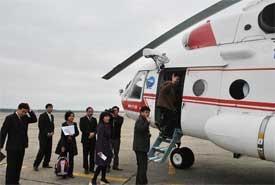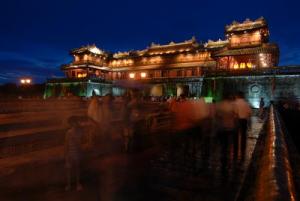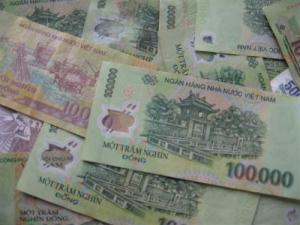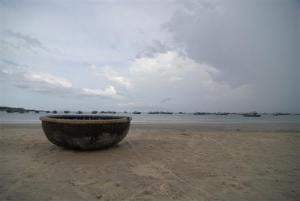A Look into Vietnam’s Growing Coffee Industry

Brazil is considered by many as synonymous to coffee. The country’s popularity to producing the world’s best coffee has never changed for a long time now. Over the years, you would also hear names like Colombia and even Ethiopia when talking about the beverage. However, Vietnam being the world’s second largest coffee producer doesn’t seem to be getting the same recognition.
After Brazil, Vietnam tags behind as the next largest exporter of coffee. Its market share jumped from 0.1% to 20% in just 30 years. 25 percent of the coffee drank in UK are sourced from Vietnam. The country’s coffee industry brings in $3 billion in revenues annually and has provided jobs to around 2.6 million people. The country's arrival to the world coffee market and its exceptional growth went through a number of challenges before reaching this milestone. French colonists first introduced coffee to Vietnam in the 19th century and has become embedded in the local culture ever since.
As early as 1950, a processing plant manufacturing instant coffee was already functioning in the country. After the Vietnam War disrupted the country's coffee production, it reentered the global market in the 1990s and is now a leading producer.
Coffee production grew by 20%-30% every year in the 1990s. Directly transforming the Vietnamese economy, it had many other effects on the community. When in 1994, some 60% of Vietnamese lived under the poverty line, present data only shows less than 10% are impoverished.
Just like the Chinese, the Vietnamese are traditional tea-drinkers. Tea-drinking has been embedded in their culture. Coffee is taken by locals with condensed milk, or in a cappuccino made with egg. About 6 per cent of Vietnam’s total coffee production is currently consumed domestically, while the rest is sold internationally making coffee one of the country’s key export commodities. In the recent years, domestic consumption has grown significantly however is still at the moderate rate compared to other countries, making tea still the more popular beverage.
So how does Vietnam coffee fare with its counterparts?
High-end coffee shops in Western countries mainly buy Arabica coffee beans which contain between 1% to 1.5% caffeine. Vietnam has become an important source of the hardier and slightly more bitter Robusta bean which has a caffeine content between 1.6% to 2.7%. The latter is known for its reasonable value. Vietnam’s being the world’s second largest producer in just a couple decades is attributed to the production of this cheapest, lowest quality product on the market. Though hardly the flavor of Colombia or Indonesia, Robusta is gaining appeal among foreign buyers for its use in cheaper blends.
Is it benefiting the majority?
While large numbers of Vietnamese have made a living from coffee, only a few have made real fortune out of it. Most coffee in Vietnam – about 95 per cent of the total growing area – is cultivated on small private farms.
Coffee production, and any agricultural activity holds hidden dangers in Vietnam, because of the huge numbers of unexploded ordnance remaining in the ground after the Vietnam War. Quang Tri, for instance, is one province believed to have 83% of its fields to still contain bombs. Environmentalists also assert that much of the land used for coffee cultivation in the country is steadily being exhausted. Additionally, there are also claims that some ethnic minorities have also been forced off their land to pave way for coffee bean cultivation.
HCMC multi-millionaire Dang Le Nguyen Vu, owner of Trung Nguyen Corporation, is among those who amassed wealth from proper coffee production and marketing. He strongly believes that though the expansion of coffee has downsides, as with any other industry, coffee production is looking very positive ahead for the country. Aiming to compete with giant brands like Starbucks, he is currently planning to set up an international chain of Vietnamese-style coffee shops not just across the country, but in other parts of the world.









